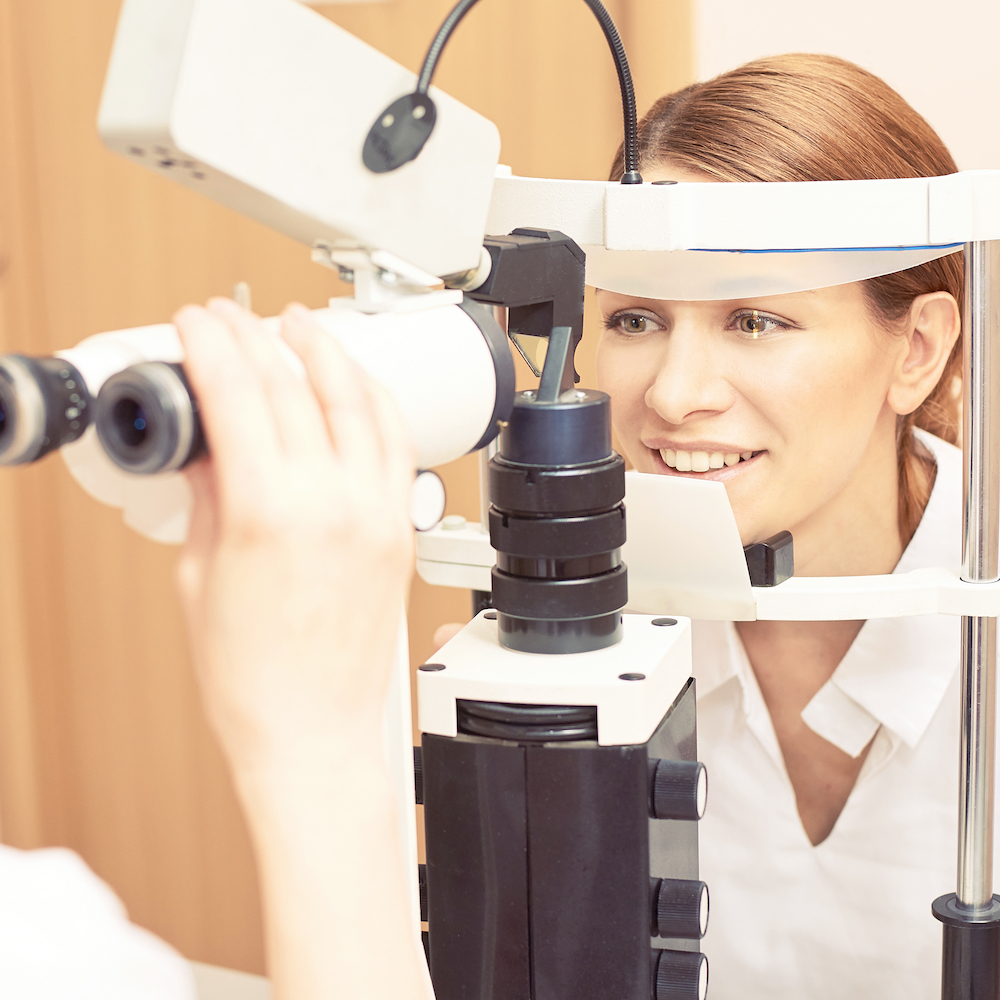
Regular eye exams form an important part of our preventative care. Rather than solely visiting our eye doctor when we feel there is a problem with our vision, regular appointments enable eye doctors to closely monitor our eye health and vision and detect problems early before they cause us to experience issues. Many people are also surprised to learn that there are general health problems that can be detected in an eye exam. You may be wondering, just how often should you get an eye exam? Let’s find out.
Should I Get an Eye Exam Every Year?
If you are usually healthy and aren’t experiencing any noticeable changes in your vision, the American Academy of Ophthalmology recommends that you have an eye exam at least once every two years. However, every patient is different, and it’s advised that you follow the specific recommendation given to you by your eye doctor. This is because the frequency of your visits will depend on individual circumstances and risk factors.
If you currently wear prescription eyewear, you’ll almost certainly be asked to attend an eye exam annually so that your prescription can be monitored and changed if necessary. This will help ensure that you can see clearly at all times, including making sure that you meet the required standards for driving.
Similarly, if you have been diagnosed with an eye disease like cataracts or glaucoma, or if your eye doctor thinks that you could be at risk of developing an eye disease, you will need to attend appointments more frequently. This is so that your eyes can be monitored more closely, enabling you to start any necessary treatments promptly and prevent debilitating symptoms from occurring.
Older adults are also more likely to develop problems with the health of their eyes too, and this means that more regular appointments are usually recommended. You may be asked to attend annually, or perhaps even every six months.
If you have previously suffered an injury to your eyes, if you’ve had eye surgery for any reason, or if you take medications which could affect your eyes, the frequency of your eye exams is also likely to be increased.
Do Children Need an Eye Exam Every Year?
The frequency with which children are recommended to have eye exams is different to that of adults. The main reason for this is that children go through much more rapid development, and this can affect their eyes and vision as well as their overall growth. Changes can affect children’s eyesight and eye health much more quickly. In fact, myopia (nearsightedness), which is defined as the ability to see nearby objects easily, but those further away appear blurred, usually first develops in childhood.
Again, we strongly recommend that you follow the schedule of eye exams that is set out for your child by your eye doctor.
If you would like more information about the frequency of eye exams, or to make an appointment, please get in touch with our friendly, knowledgeable eyecare team. You can contact Clarity Vision Of Holly Springs in Holly Springs, North Carolina at (919) 646-2900 today.
















